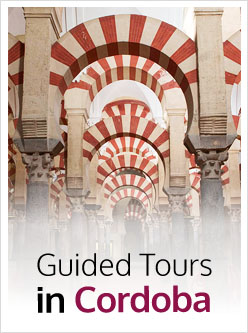House of Sefarad – House of Memory
The “House of Sefarad – House of Memory” was born in Córdoba in the spring of 2004 with the aim of rescuing the Jewish heritage from oblivion, which had been lost with time since their expulsion from our country in 1492 by the Catholic Monarchs.
Shortly before the opening, Sebastián de la Obra, librarian of the house, mentioned that our city was paying a “historical debt” it had had for many years with its past, as it had been “capital of Sefarad”, “it had the best preserved Jewish quarter in Europe”, “and the higher rate of Jewish poets, philosophers and writers”.
The House of Sefarad is located in the middle of the Jewish Quarter, on Judíos Street, a few metres from the Synagogue. The 14th-century building was in the 19th century a typical neighbours’ house and it was remodeled a few years ago to be adapted to a museum.
As for its arrangement, all the rooms, including the five halls of the exhibition, are located around a central courtyard, as in many other neighbours’ courtyards in Córdoba in the 19th century. The halls, as we will briefly analyse in that section, are dedicated to domestic life, women in Al-Andalus, festival cycles…
On the other hand, the house is not exclusively orientated to its visit, but it also promotes the study of Jewish culture in our city, as we can see from its complete library. Besides, it is often the venue for Sephardic music concerts, plays and other cultural events.
HALLS OF THE MUSEUM
HALL I: Domestic life
We start our visit to the House of Sefarad with the Hall of daily life, where many tools and clothing are displayed in order to give us an insight into the daily chores of a Jewish citizen of that time. We can highlight a small hall that can be seen from the corridor where different ceramic and metallic pots are exhibited.
At the end, there is a second hall, which is bigger and where we can find clothes and other related articles, as well as several explanatory panels that enrich our visit.
HALL II: The main courtyard
As we mentioned in the introduction of the House of Sefarad, its different rooms are arranged around a central courtyard, like in the typical neighbours’ houses in our city.
The courtyard is rectangular, and on each of its shorter sides there are triple round arcades over chamfered pilasters. Its pebbled floor, where we can see the most important Jewish symbols, reminds us of the oldest traditions in our city. The detail of the well is not unnoticed either.
HALL III: Women in Al-Andalus
The first of the rooms adjacent to the courtyard is dedicated to the figure of women in Al-Andalus. We can see there portraits of Jewish, Muslim and Christian thinkers, poetesses and singers, all of them made by artist from Córdoba José Luis Muñoz. We can highlight the realism of their faces. The hall is completed with explanatory panels about the story of five women who lived and stood out in the old and prolific Al-Andalus for several reasons.
HALL IV: Festival cycles
The Hall of Festival Cycles shows a series of objects and craft pieces that are main elements in the celebrations and festivals of the Sephardic tradition. Everything is completed by illustrative panels about the main Jewish festivals, such as Shabat, the day the Jew dedicates to God, Rosh Hasaná, the first day of the Jewish year, Pésah, the festival commemorating the escape of the Hebrew people from Egypt, Purim Purim or Hanuká Hanuká, among other festivals.
HALL V: The Jewish quarter of Córdoba
The hall dedicated to the Jewish quarter of Córdoba goes through the Sephardic traditions around the Synagogue, the centre of community and religious life of Judaism. We can highlight an illustrative plan of the Jewish quarter in the 14th century, as well as different photographs of its most outstanding places.
An explanatory panel provides with a detailed explanation of the Synagogue, its meaning and relevance within Jewish culture. Besides, it takes us closer to the history and characteristics of the building preserved in our city.
HALL VI: Sephardic music
We could not forget a place in this house dedicated to Sephardic music, one of the essential pillars of their culture.
In a glass cabinet we can see different types of instruments, most of them percussion and woodwind, made around the 17th century.
Several explanatory panels highlight the important development of the Sephardic singing and music in Al-Andalus. There are three genres of Sephardic music: romancero, coplas and cancionero.
CONTACT
Address: C/ Judíos with C/ Averroes. 14004. Córdoba.
Telephone: +34 957 421 404 / FAX: +34 957 355 548.
Bus: Buses 2, 3, 5, 6, 7, 9, 16, 01, 02.Timetable:
- From 16th September to 15th June.
Mondays to Sundays: 10:00 to 18:00. - From 16th June to 15th September.
Mondays to Sundays: 10:00 to 18:00.
Price:
- Adults: €4.
- Reduced: €3.
How to get there:
The House of Sefarad – House of Memory is located, as it could not be otherwise, in the old Jewish quarter of the city, a few metres away from the Synagogue, main example of these characteristics that has been preserved in Andalusia. If we have the Mosque-Cathedral as a reference, we only need to go across two streets, Manríquez and Judería Streets, where the Museum is. If we arrive from Paseo de la Victoria Street, we enter the historical centre through Almodóvar Gate to get directly to Judíos Street.
If you wish to know the House of Sefarad do not hesitate to hire one of our guided tours. We are experts in the interpretation of the historical heritage from Córdoba. We will advise you on tickets, timetables, prices, how to get… If you have chosen to do sightseeing in Córdoba, choose a high quality option, choose ArtenCórdoba.


Choose the tour that best suits your needs and book your place on one of our regular guided tours.
The regular guided tours are those that you can sign up for individually, are conducted regularly and in one language, Spanish or English
Guided Visit Mosque-Cathedral of Cordoba
5 / 5
13€
Guided Visit to the Mosque of Cordoba and the Jewish Quarter
5 / 5
Desde
17€
Guided Tour Cordoba in depth
5 / 5
Desde
40€
Guided Visit Medina Azahara
5 / 5
Desde
18€


























